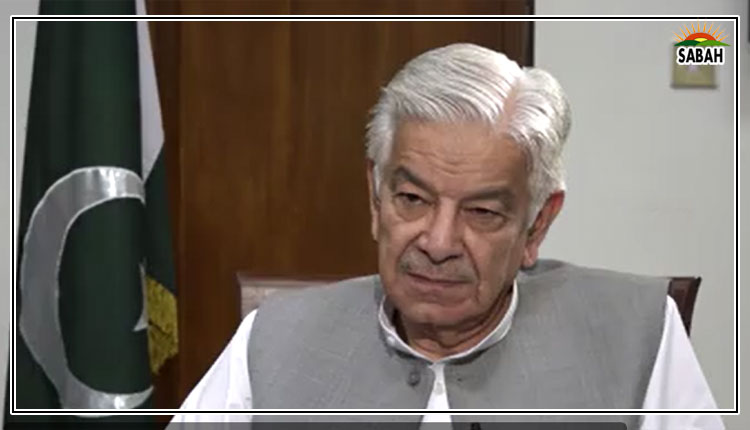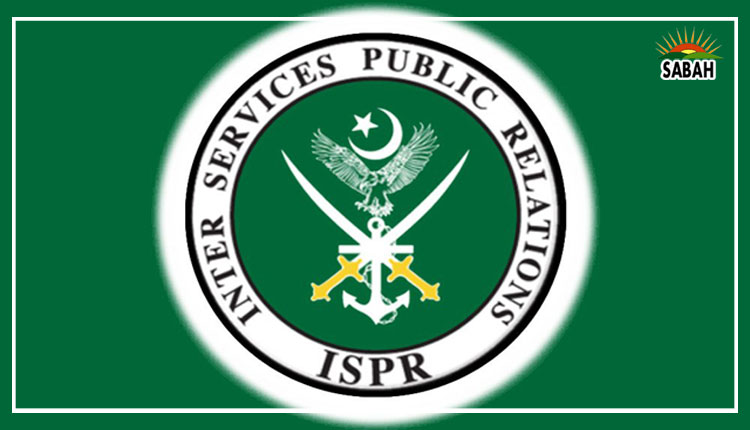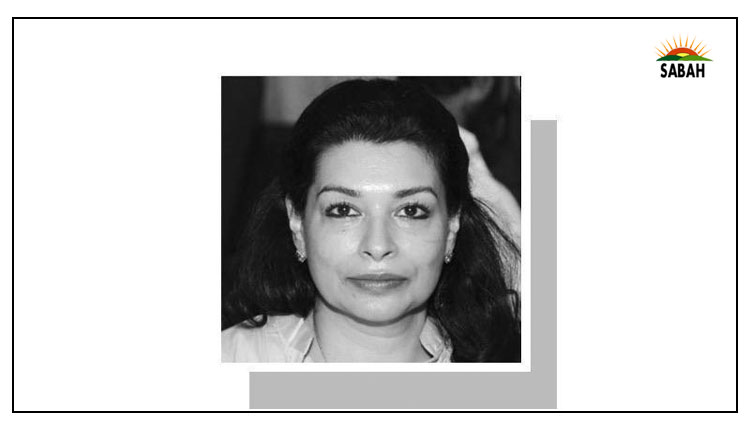Moving the needle on GDP…Samia Liaquat Ali Khan
AS the nation prepares itself to face a long hot summer, there remain very few households that can afford to ignore the dire mess the economy is in. The rest face the coming months with trepidation. The cost of bijli has become so exorbitant that spreadsheets are charting how often and for how long those lucky enough to possess air-conditioners can actually use them.
While IMF macro-economists prescribe the structural reforms to strengthen the economy, micro-economists use the World Bank dollar a day (now $2.15) poverty line to assess the extent of poverty in a country. Since the advent of neoliberal ideology, the key determinant of growth and prosperity is GDP, with IMF loan negotiations remaining focused on reduced public expenditure and stringent conditionalities.
Structural adjustment has been around since the 1980s. While according to conventional wisdom, poverty has declined since then, the poverty construct itself is problematic. The brilliant Amartya Sen delved into what he termed lack of capabilities to capture how poverty affects people. Pakistans Mahbub-ul-Haq created the Human Development Index for the UNDP, and in the early 2000s, Sabina Alkire at the Oxford Poverty and Human Development Initiative came up with the Multidimensional Poverty Index.
Useful as these indices are, there is an urgent need to shift our thinking out of poverty and towards how nations can achieve prosperity and well-being. New Zealands Living Standards Framework is probably the best-known example for reconfiguring the growth paradigm, and is used to allocate fiscal budgets in a manner that aligns with providing social, environmental and economic well-being to all New Zealanders.
There are opportunities to improve both GDP and well-being indicators.
Pakistani policymakers need to engage in a process of dialogue to reconfigure our current approach to economic growth, with a view to building economic, social and environmental well-being for present and future generations. This will require time, but would lead to benefits for the entire nation. In the shorter term, there are opportunities to improve both GDP and well-being indicators. Take the labour force participation rate. In Pakistan, male labour force participation is at 81 per cent as of 2023. For females however, the rate is estimated at a worryingly low 24pc. The ILO has been charting this same indicator since 1990. In 30 years, the number of women in the workforce has increased by only abysmal 13pc. The population, meanwhile, has more than doubled in that time.
How does this relate to GDP? The International Growth Centre estimates that if female labour force participation (FLFP) was at par with men, Pakistans GDP could go up by 60pc by 2025. That means an additional $224 billion added to the current GDP of $374bn seemingly overnight. The answer seems to be simple enough increase the number of women in the workforce and things will work out. Yet, when I travel to villages across the country, I find that most women are already at work. So, wheres the gap?
Pakistans labour force surveys may be underestimating female employment in the first instance. Recent World Bank research shows that in urban Peshawar the FLFP rate is underestimated by four percentage points. That is significant.
The largest share of Pakistans female labour works in agriculture. Much of this work is not recognised. Womens work in the fields, managing livestock, and producing agricultural goods for local consumption, tends not to make it into the survey, or into GDP calculations. Even where women are paid for work, they earn far less than men for the same type of work. And across the board, GDP calculations do not recognise the amount of care work that women undertake, whether within their own homes, or caring for the elderly or others within the community, or as domestic labour.
In urban areas, social norms and restrictive traditional attitudes make it difficult for women to participate in the workforce. Research conducted by the Asian Development Bank reveals that almost 40pc of women who are not working report that the main reason for this is that male family members do not permit them to work outside the home. There are also a number of women who themselves are not comfortable working outside the home. Are all of these workers included in labour force surveys, or GDP calculations? We dont know. What is known is that a majority of the female labour force is illiterate. Only 25pc of university-educated women in Pakistan are working according to an ADB study. Research also shows that 37pc of youth (ages 15-29) across the country are not in education, employment or training. These rates are far higher for girls (62pc) than for boys (12pc). The Population Council projects that the proportion of the working age population will continue to rise until 2050.
Pakistan is in the midst of what is referred to as a demographic dividend a youth boom that can have significant impact on our growth trajectory if managed properly. However, if a net surplus of a countrys working age population has no opportunity to contribute its labour to economically productive activities, or if this labour remains largely unskilled and sidelined, the purported demographic dividend simply will not materialise. And even a small portion of the $224bn additional GDP will be out of reach.
So now, over to policymakers. It is time for a set of policies and interventions that are rooted in consensus around goals of prosperity and well-being. This paradigmatic shift will itself recalibrate our current moribund focus on GDP and poverty. Easy gains are available. Improving measurements of labour force participation rates; providing girls and women the access, safety and support to education and training; building acceptability into parent and spousal mindsets through appealing opportunities for gainful employment; will lead to significant social and economic benefits for all.
The danger, however, is that those in power will continue to do business as usual talk about womens empowerment and inclusion, but fail to practice the same. Actions speak louder than words. Do todays policymakers have the courage to change our status quo?
The writer has over 25 years of experience on inclusive programmes on gender, public health and economic empowerment. She is currently associated with an Islamabad-based think tank.
Courtesy Dawn












